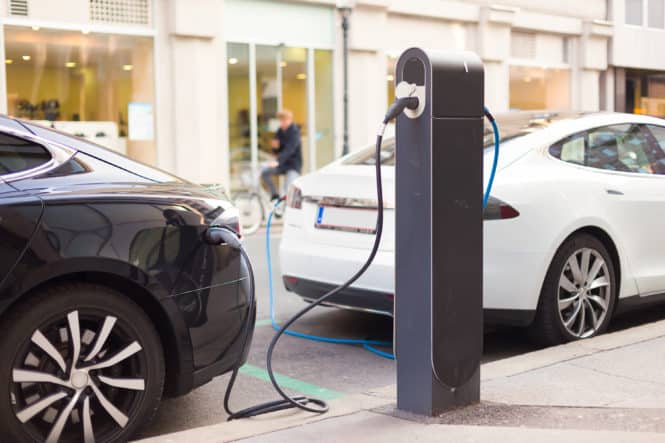EV Charging Regulations
We monitor any and all regulations regarding EV-Charging Stations though at this point there are few in place (albeit many in process). For more information you can email [email protected] — Other news sources include MotorVehicleRegs (highly recommended source to subscribe to)
- June – EV Standards update
- FHWA’s standards (once final) will need to be met by states applying to receive federal funding for EV charger deployment (funding authorized by the infrastructure bill that passed late last year).
- Comments on the notice of proposed rulemaking will be due 60 days following publication in the Federal Register.
- Odds are the standards won’t be finalized until end of year. This means that funding for year 1 of the program will be issued without standards in place (think wild west). Mind you, CA already has EV charger standards in effect (which address things like payment, security, interoperability, etc.).
- ADA — EV Charging Failing The Disabled
- ADA — EV Charging ADA Considerations – a Kiosk Perspective
- ADA — EV Charging – What about Electric Charging Stations? Are they subject to kiosk regulations?
- Problems — EV Charging Stations – California Study Says Many Don’t Work
- Motor Vehicle Regs that relate to EV
- FHWA Related
- FHWA Invites Comment on New Electric Vehicle Infrastructure Programs to …
- Charging station payment instructions must provide multilingual access and accessibility for people with disabilities.
- The American with Disabilities Act of 1990 (ADA), and implementing regulations, apply to EV charging stations by prohibiting discrimination on the basis of disability by public and private entities. EV charging stations must comply with applicable accessibility standards adopted by the Department of Transportation into its ADA regulations (49 CFR Part 37) in 2006, and adopted by the Department of Justice into its ADA regulations (28 CFR Parts 35 & 36) in 2010.
- Security. States must implement physical and cybersecurity strategies consistent with their respective State EV Infrastructure Deployment Plans to mitigate charging infrastructure, grid, and consumer vulnerability associated with the operation of charging stations. (1) Physical security strategies may address lighting, siting, driver and vehicle safety, fire prevention, tampering, charger locks, and illegal surveillance of payment devices.
- Charging stations must provide for secure payment methods, accessible to persons with disabilities, which at a minimum shall include a contactless payment method that accepts major debit and credit cards, and Plug and Charge payment capabilities using the ISO 15118 standard (incorporated by reference, see § 680.120(b)(1));
- 3.1.1.1. 305 – Maneuvering and More ADA2010
3.1.1.2. 306 – Depth and Clearance ADA 2010
3.1.1.3. 303 – Changes in level ADA2010 (generally not permitted)
3.1.1.4. Protruding Objects ADA2010 [refers to 307]
3.1.1.5. [Suggestion] Kiosks must be visually and tactilely identifiable to users as accessible (e.g., an international symbol of accessibility affixed to the front of the device
3.1.1.6. General Reach Ranges — ADA2010 – [reach ranges specified in 508 Guidelines and Operable Parts and included in 407.8 — refer to those]
3.1.1.7. Operable Parts — ADA2010 [refer to Section 508 for complete most current]
305.7.1 Maneuvering Clearance in Alcove ADA2010
403 Clear Width — ADA2010
404 Maneuvering Clearances — ADA2010
902.3 Work Surfaces, Countertop, Table Top, VotingUnder Section 508 review
3.1.2.1. 402 – Closed Functionality — Section 508 Final Rule
3.1.2.2. 407 – Operable Parts — Section 508 Final Rule
And for reference Audio is more often than most the largest litigated accessibility issue.
